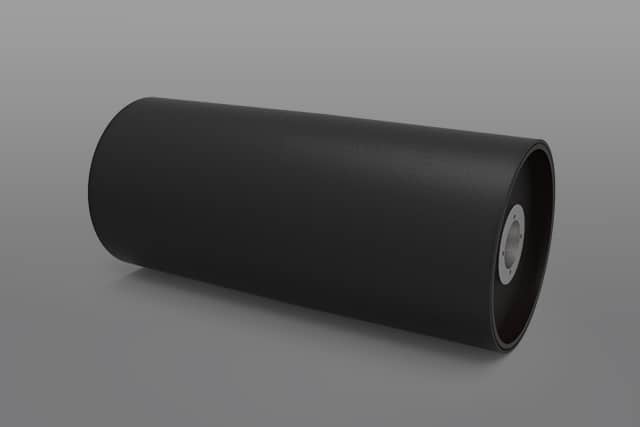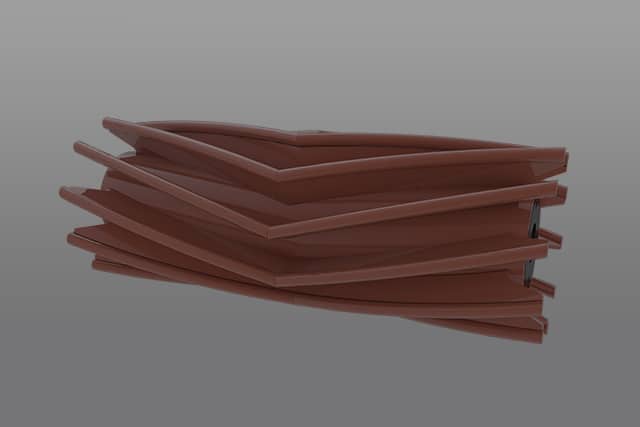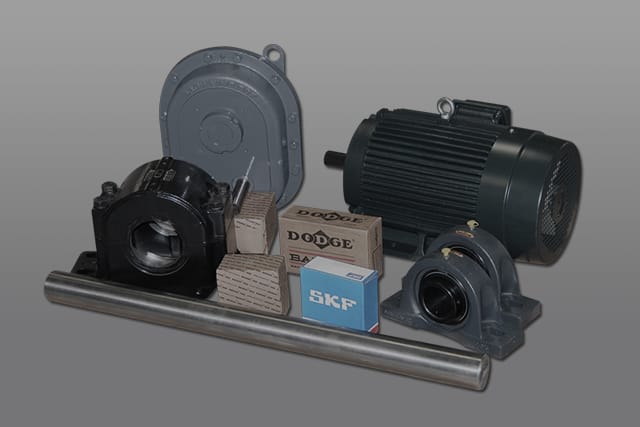Conveyor Pulley Manufacturing
Superior’s Tried & True Approach
Pulleys are “the heart” of any conveying system – and maximum pulley life is essential to cost-efficient material handling and high-capacity production. Importantly, a manufacturer’s approach to pulley design, manufacturing, and proper application has a direct effect upon pulley reliability or potential pulley failure. Why is this so? What are the major differentiators in the design and manufacturing process? And, why are end users often confused when specifying heavier-class pulleys?
Load Standards
Look closely at a pulley and conveyor component manufacturer, particularly when
quoting heavier-class pulleys. Why? Above that of the standard CEMA-duty pulley,
there are no standards that govern the load ratings or material thicknesses of
heavier-class pulleys.
“Heavier-class pulleys are not governed by an association, but rather by
manufacturers trying to address an emerging market,” says Brent Burdette, resident
sales engineer for Superior Industries. As a result, he says that each manufacturer has
“its own take” on design and manufacturing methods regarding larger-class pulleys.
Component designations vary too – from the common term of Mine Duty, to Super
Duty, Quarry Duty, and more.
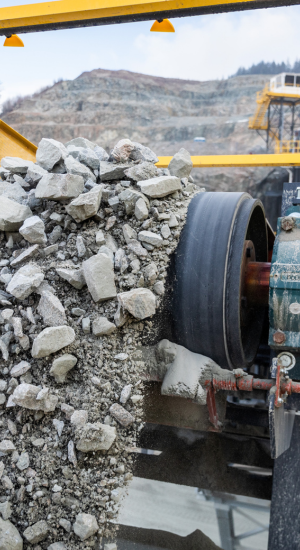
SUPER DUTY PULLEY
“All these varying approaches to design and manufacturing, may lead to variations in
quality and service life, costly misapplications, and confusion among end users,” says
Burdette, who has worked for several major pulley manufacturers before joining the
Superior Industries team. “I always point to the fact that Superior has long been an
active and contributing member of the Conveyor Equipment Manufacturers Association
(CEMA), playing key roles in education and in establishment of quality standards in the
industry,” he says.
In addition, ask your pulley manufacturer to supply you with product weights. In
most cases, a heavier pulley is a longer-lasting pulley. When comparing weights, look
specifically at the pulleys rim thickness and end disc thickness. Just like conveyor
idlers, belting will wear down the rim over time. Stronger, thicker rims will last longer.
Since it’s the point of connection to the shaft, the end disc supports all of the weight
of the pulley. It takes a lot of pressure. Comparing end disc thickness is a simple way
to determine which pulley is stronger. Beware of extra, ineffective weight added to
the center disc. This additional weight serves no structural purpose.
ELITE WELDING
Superior Industries operates a state-of-the-art, in-house welding training center to
train its labor force in welding technologies such as shielded metal arc, gas metal arc,
flux-cored arc, gas tungsten arc, and submerged arc, which creates deeper-penetration
welds that are stronger and more precise.
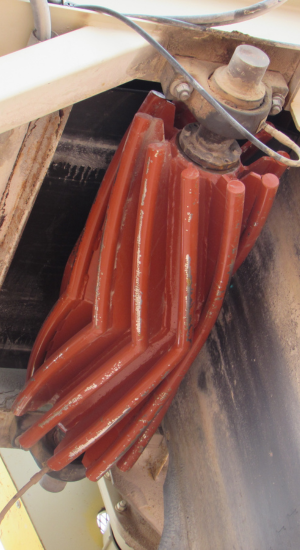
CHEVRON® WING PULLEY
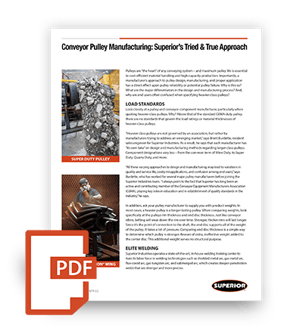
Related Content
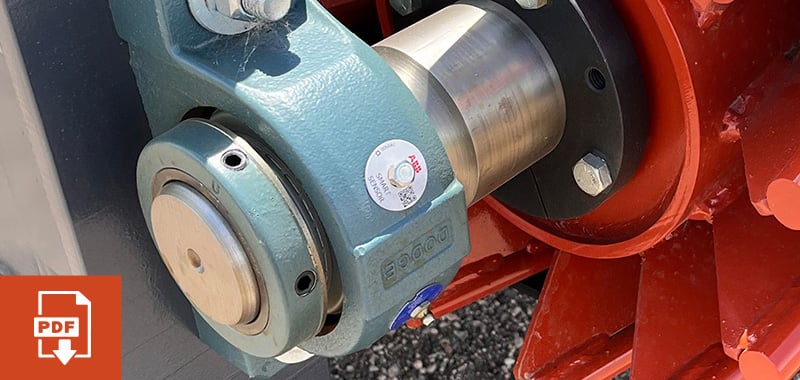
Conveyor Pulley Shafting: Proper Selection Matters
A pulley assembly relies on the pulley and shaft functioning together. When it fails, it is often a result of improperly sized shafts.
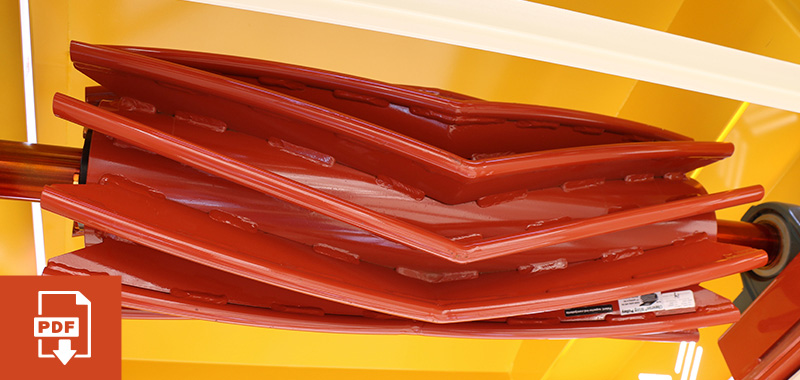
Conveyor Wing Pulleys: Extend Belt Life with V-Shaped Model
It is common for operations to stick with traditional conveyor components even though they are causing maintenance challenges.
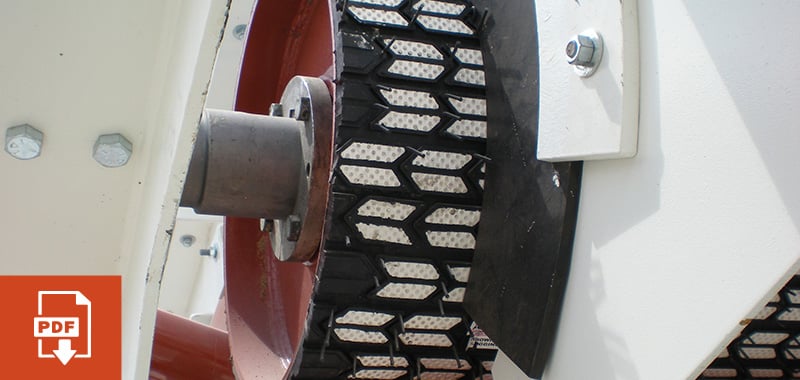
Conveyor Pulleys: Lagging Decreases Downtime
When seeking highly efficient and economical conveyor operation, proper pulley lagging is an integral detail.
